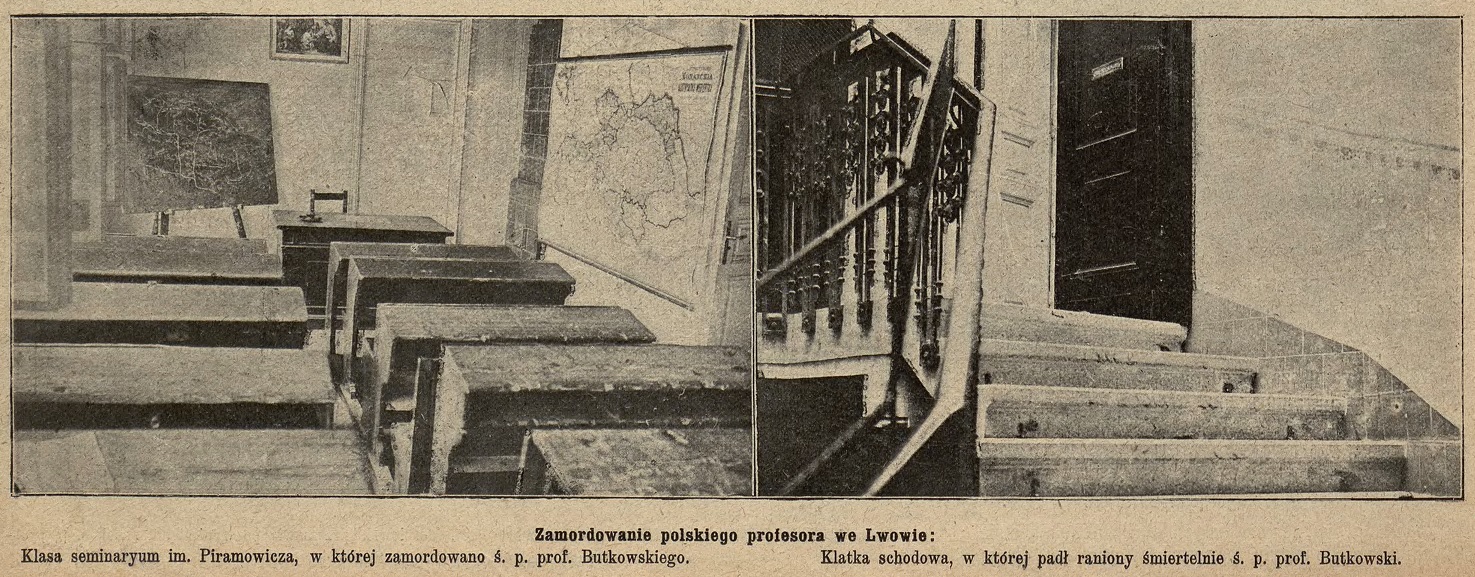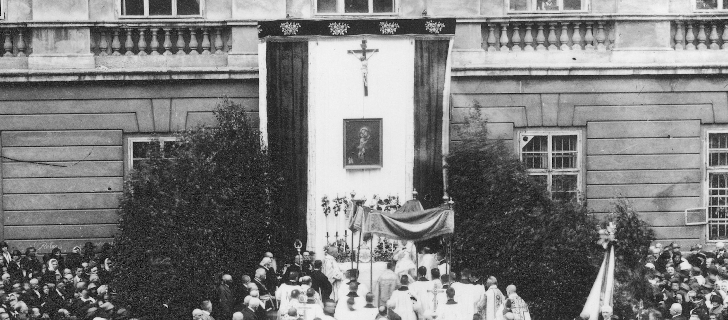

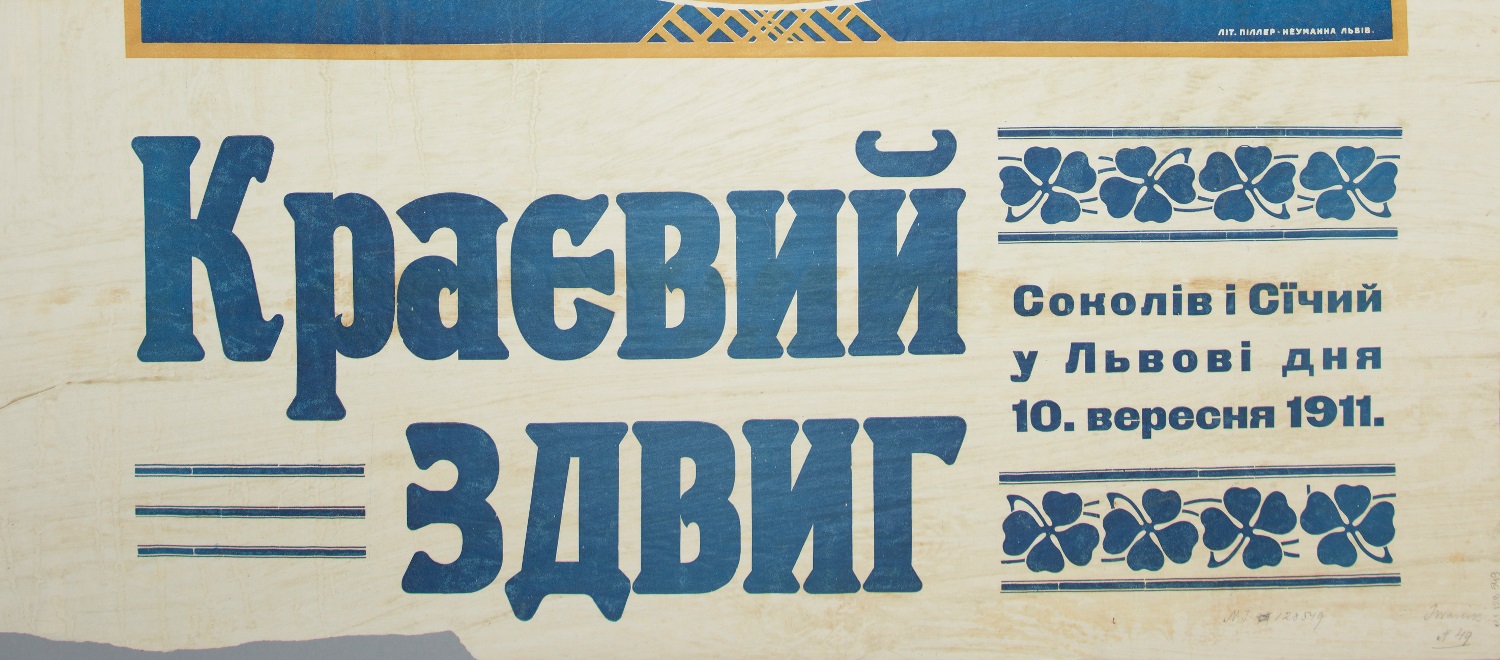
The first provincial rally of the Ukrainian Sokil in Lviv (1911)
On 9-10 September 1911, the Ukrainian Sokil, similarly to regular Polish rallies, held its first rally in Lviv, timed to the 50th anniversary of Taras Shevchenko's death.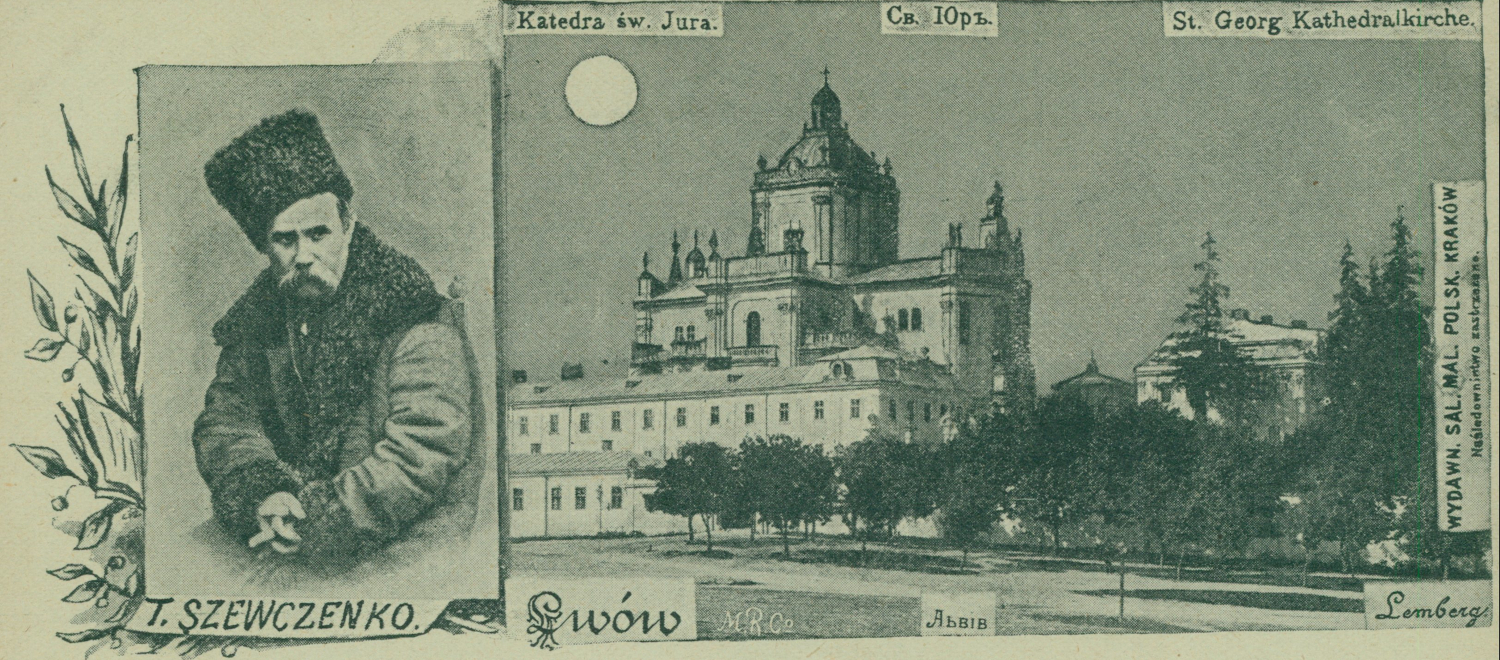
Honoring Ukrainian "poet-prophets"
As in the case of the Polish poet-prophets, the Ukrainians in the late 19th and early 20th centuries began to actively form their "national pantheon". And as with the Poles, there was a conflict in the Ukrainian environment between the secular intelligentsia and the Catholic Church.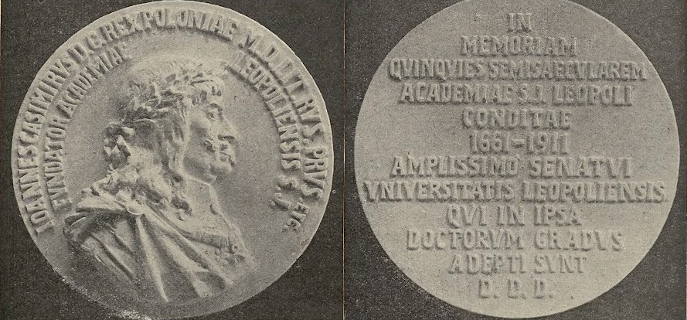
Anniversary of Lviv Jan Kazimierz University (1912)
In 1912, Lviv decided to celebrate the "250th anniversary of the university", taking as a starting point the year 1661, when the Jesuit Academy was founded.
A Ukrainian demonstration in memory of Adam Kotsko (1912)
On 1 July 1912, a Ukrainian mourning demonstration took place in Lviv, organized in memory of Adam Kotsko, a Ukrainian student at Lviv University killed during Ukrainian-Polish student clashes two years earlier. This event is a rare example of Ukrainian national demonstrations in Lviv in the early 20th century that turned into a conflict with the police.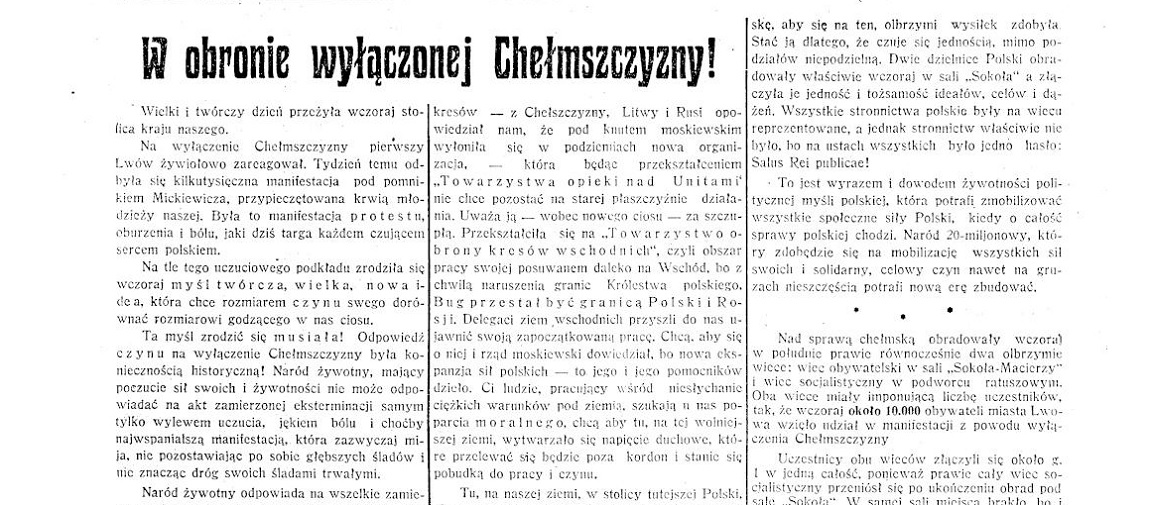
Demonstration over the Kholm/Chełm Land, clashes with the police, and the burning of a portrait of the Russian tsar (1912)
In 1912, the Russian Duma decided to separate the Kholm/Chełm Land from the Kingdom of Poland and to turn it into a separate province. This decision led to mass riots in Lviv, protests against the tsarist policies, conflicts with the police during an attempt to break through to the building of the Russian consulate in Lviv, and the burning of portraits of the tsar and the heir to the Russian throne during a rally near the Adam Mickiewicz monument.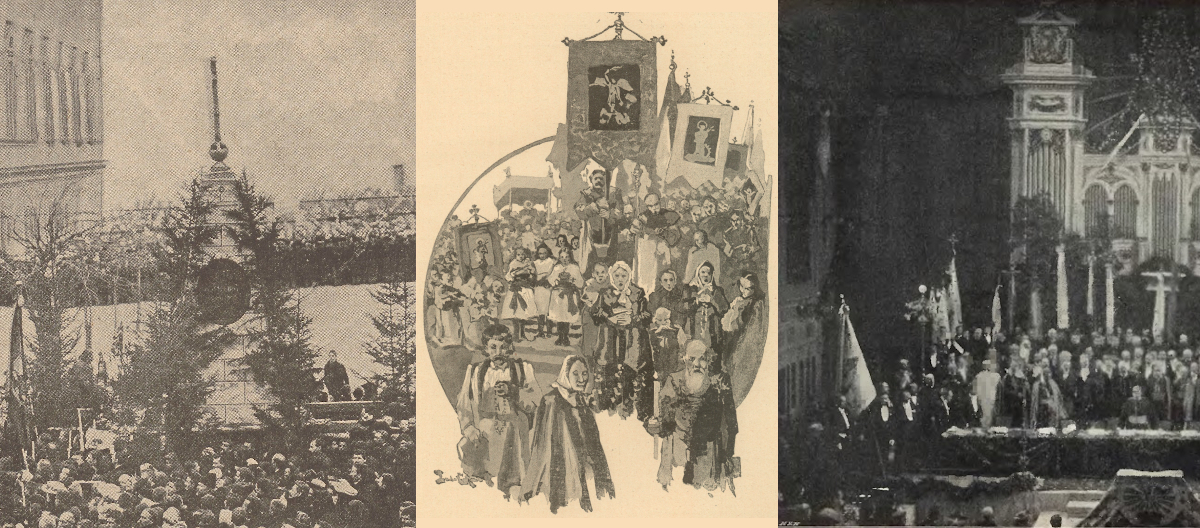
Formation of a "national" church calendar in Lviv
In Lviv, the Ukrainians (mainly Greek Catholics) and the Poles (mainly Roman Catholics) used different calendars, Julian and Gregorian. Consequently, Christian holidays fell on different days for them. Each group had not only its own dates and ways of celebrating the same holidays but also different priorities in the celebrations.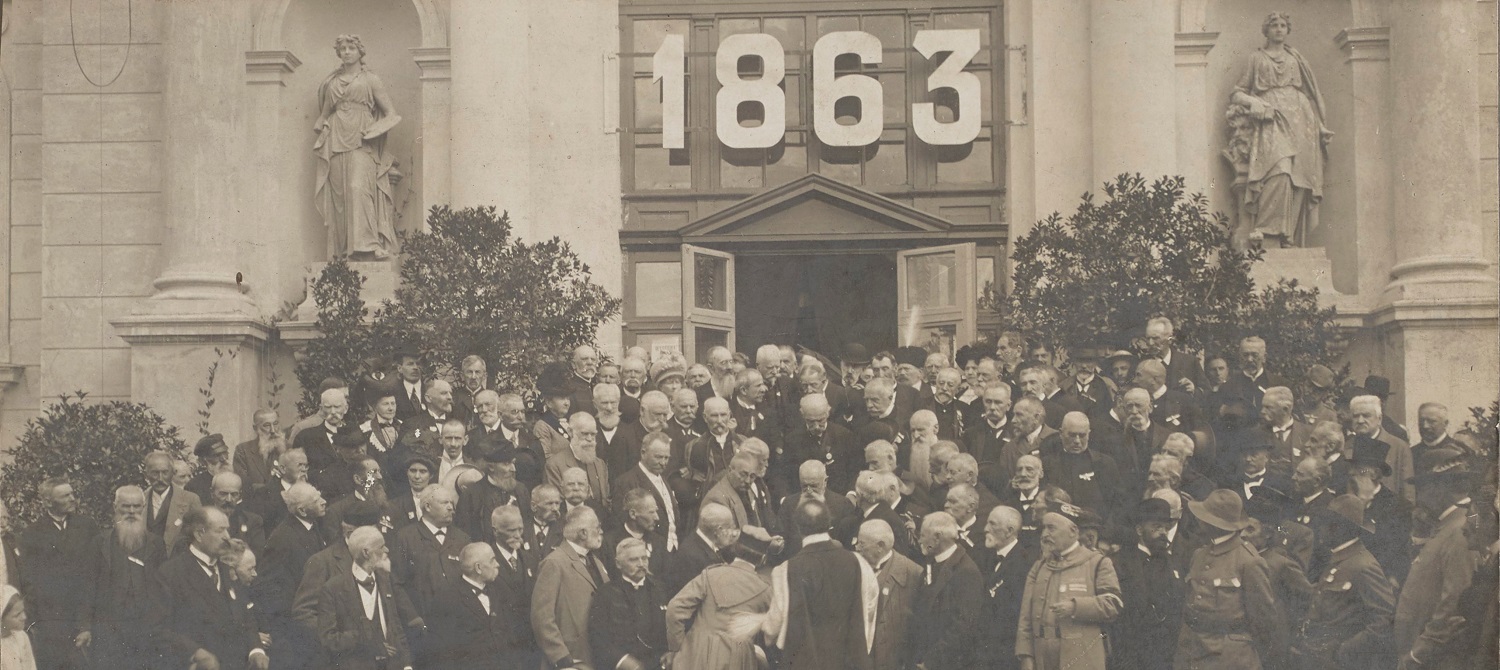
Commemorations of the Polish January Uprising (1888, 1913)
The anniversary of the January Uprising is an important date for the Polish national movement. Given the political situation and the level of freedoms in different parts of the divided Polish-Lithuanian Commonwealth (German, Austrian and Russian), it is natural that the most favorable conditions for celebrating such anniversaries were present in Galicia.